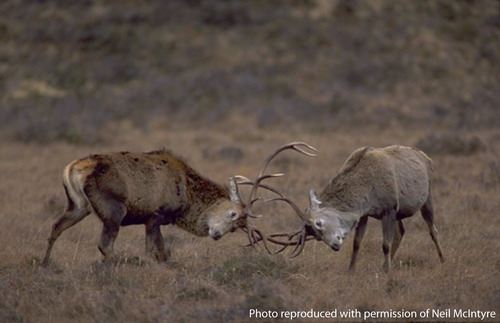Toughness - Young´s Modulus selection map
A material's resistence to cracking can be characterised in various ways, each relevant in particular circumstances:
- Toughness, GC, to maximise the impact resistance of the material used.
- Fracture toughness, Kc [=(EGC)1/2], to maximise the resistance to cracking of a material under load.
- \({\left( {{{{G_C}} \over E}} \right)^{1/2}}\) to maximise the elastic stretching of a material before the onset of brittle facture (cracking).
These merit indices are easily used with the Toughness-Young's Modulus materials-selection map.
![]()
The following method is used to derive the merit index \({\left( {{{{G_C}} \over E}} \right)^{1/2}}\). Consider stretching a material: the strain (or amount of stretching) of the material is given by the equation:
$$\varepsilon = {\sigma \over E}$$
The amount of stretching at the fracture point is:
$${\varepsilon _{\max }} = {{{\sigma _f}} \over E}$$
The stress to give fracture is given by the formula:
$${\sigma _f} = {\left( {{{{G_C}E} \over {\pi c}}} \right)^{1/2}}$$, where 2c is the crack length. (Derivation)
Thus:
\({\varepsilon _{\max }}\) = \({\left( {{{{G_C}E} \over {\pi c}}} \right)^{1/2}}\)\(\left( {{1 \over E}} \right)\) or \({\varepsilon _{\max }}\) = \({\left( {{1 \over {\pi c}}} \right)^{1/2}}{\left( {{{{G_C}} \over E}} \right)^{1/2}}\)
Therefore, in order to maximise the stretching of the material without failure, \({\left( {{{{G_C}} \over E}} \right)^{1/2}}\) must be maximised by moving the line corresponding to the merit index towards the top and the left of the materials-selection map above.
![]()
Try this for yourself and you will see that skin is the best biomaterial. Skin clearly needs this property, as it is continually being stretched in normal life. Different materials show good values for other merit indices: for instance, antler has a high value of toughness, GC. Antler is a composite material made of the ceramic hydroxyapatite and the polymer collagen, similarly to compact bone, giving it a high toughness. This enables stags to fight with their antlers, generating large impacts, without the antlers cracking. Stags fight in this way, called rutting, as a mating ritual to prove to females that they are the strongest stag and hence will produce the healthiest offspring. Antlers are shed and re-grown each year, and are sometimes found in furniture and artwork.

Stags rutting.
Wood tested parallel to its grain (i.e. for cracks in the plane perpendicular to the grain) has the highest value of fracture toughness, Kc, for a biomaterial. It is a fibre composite made up of cellulose fibres in a lignin matrix. (This is discussed in The Structure and Mechanical Behaviour of Wood teaching and learning package). Trees could easily get small cracks in them and it is important that the trunk and branches do not fail in wind or under their own weight. The composite structure makes wood very anisotropic: its Kc in splitting mode (cracks parallel to grain) is very low.

